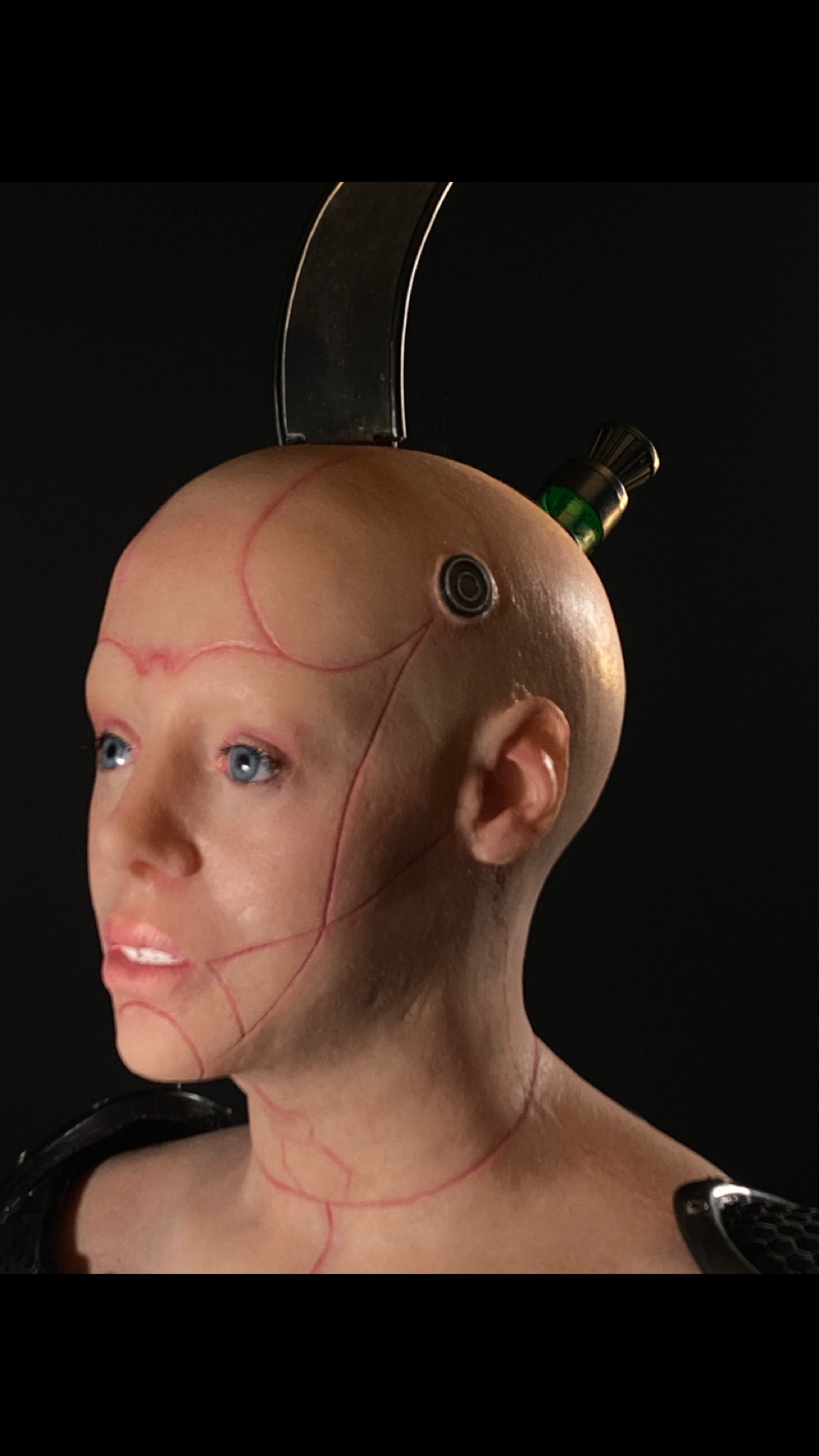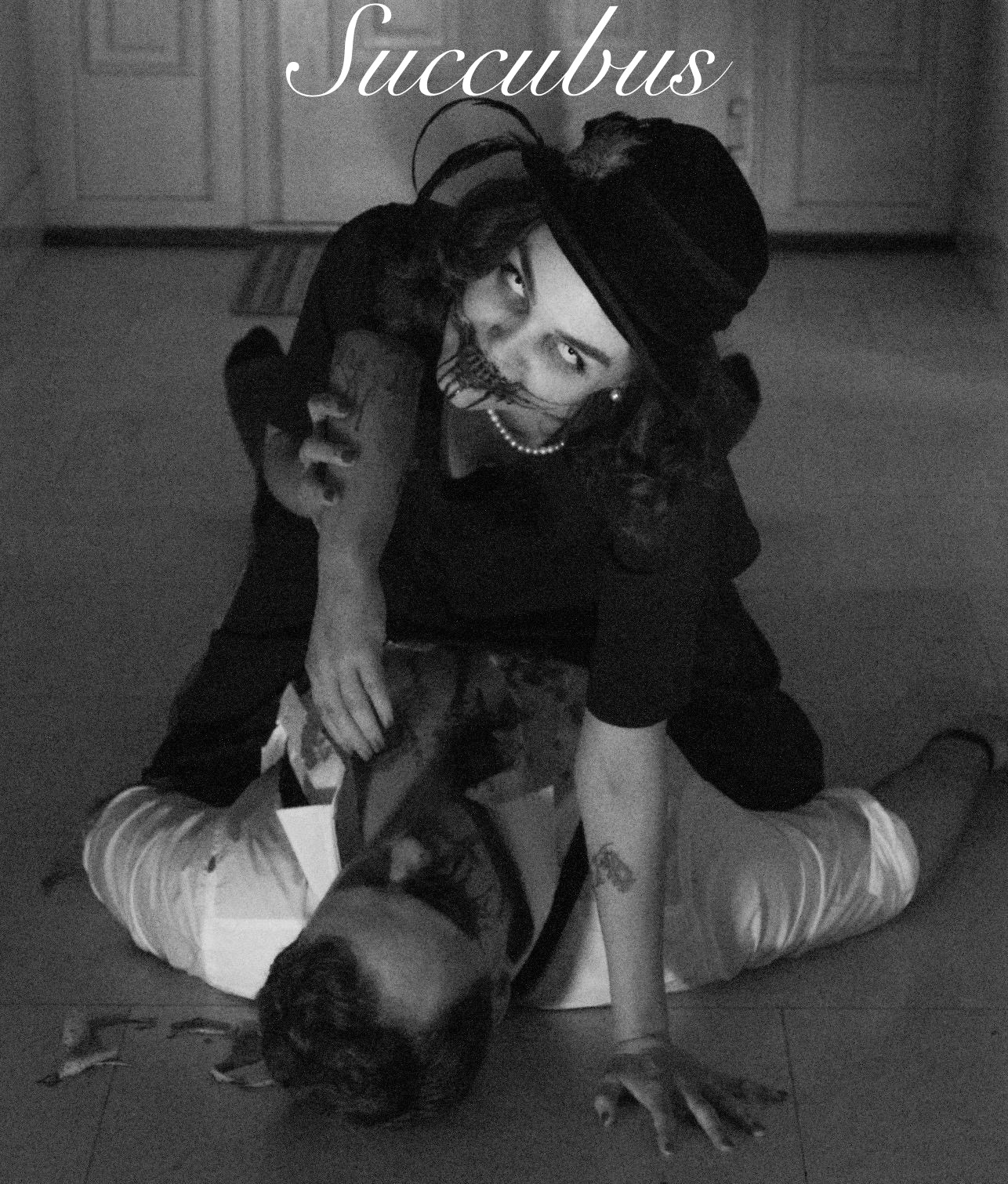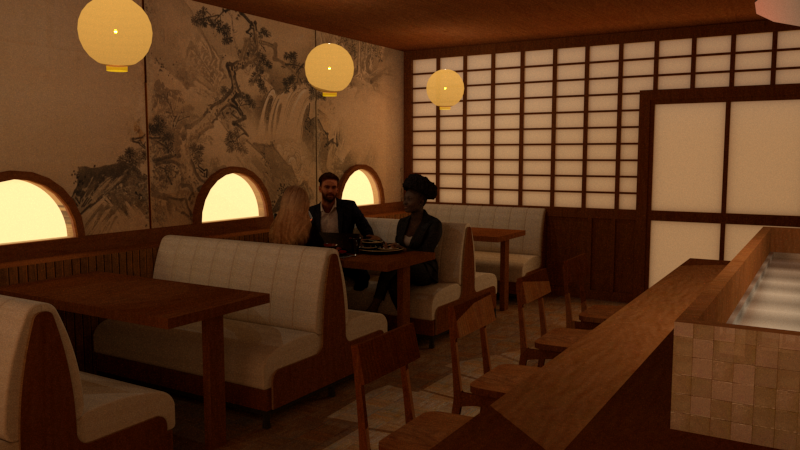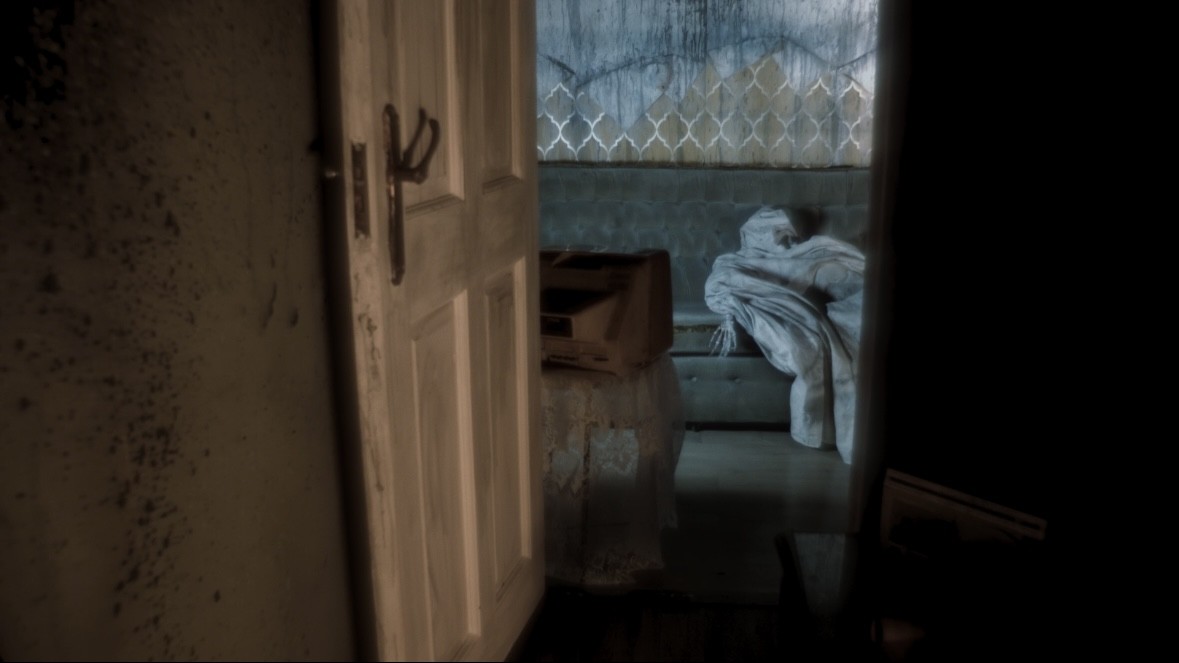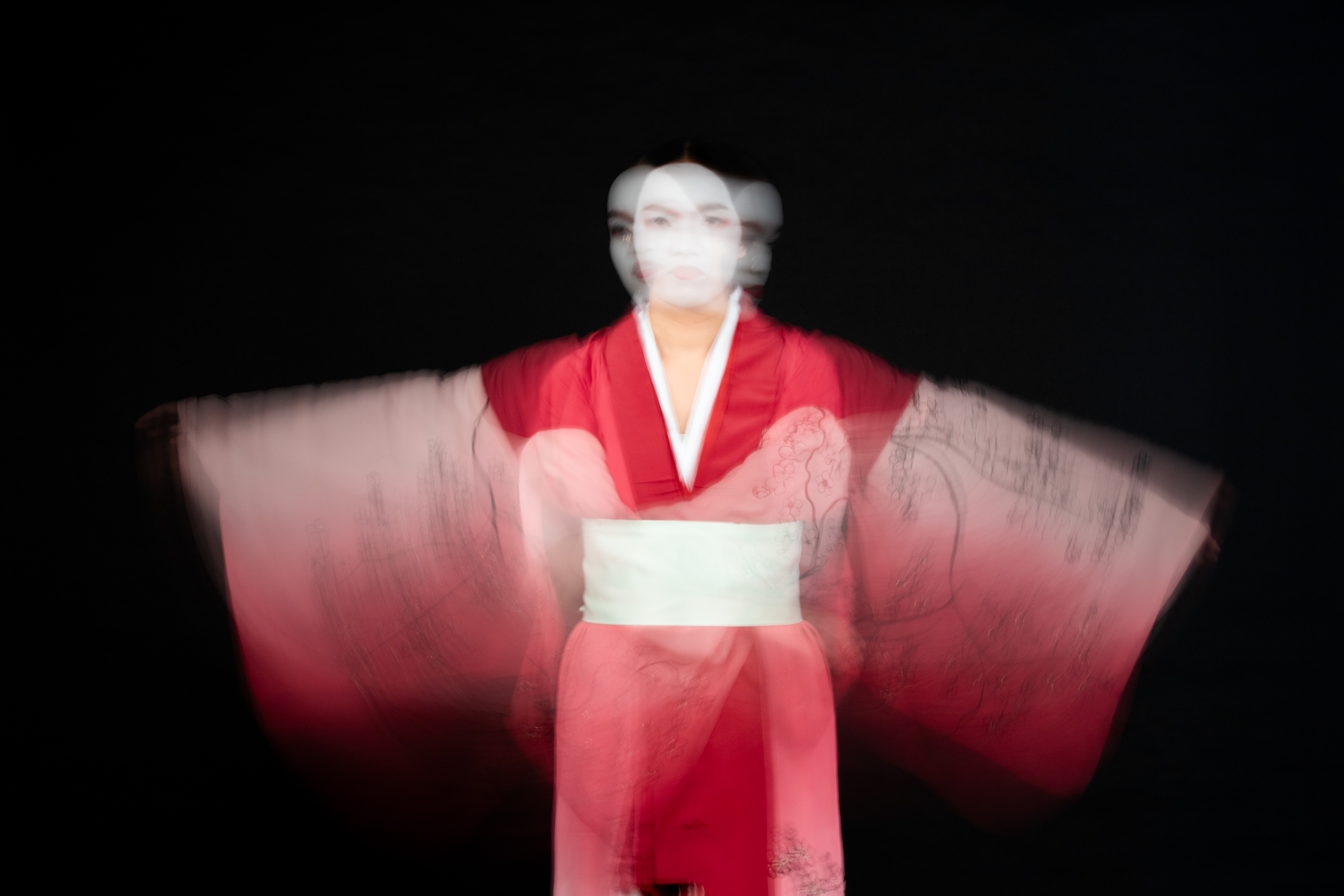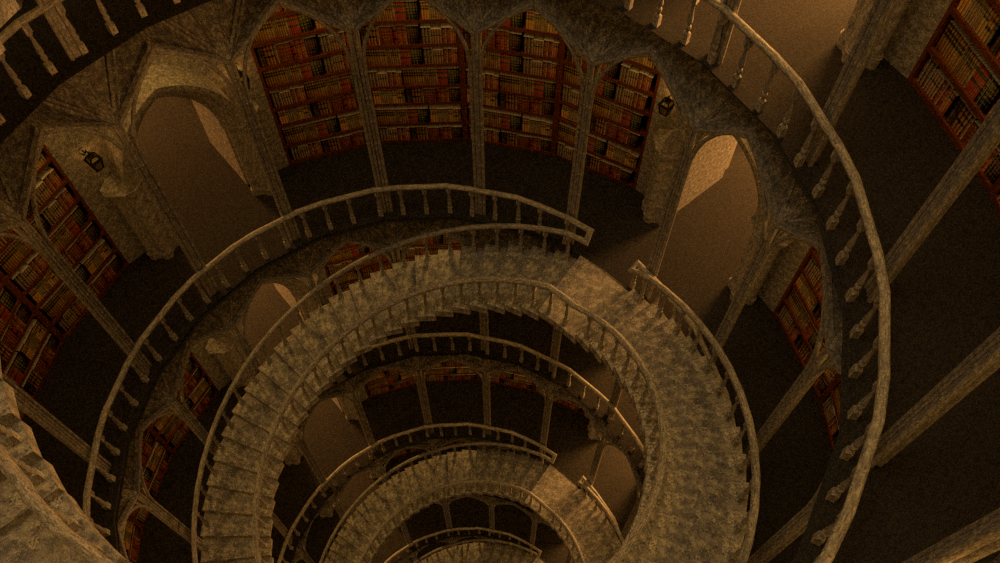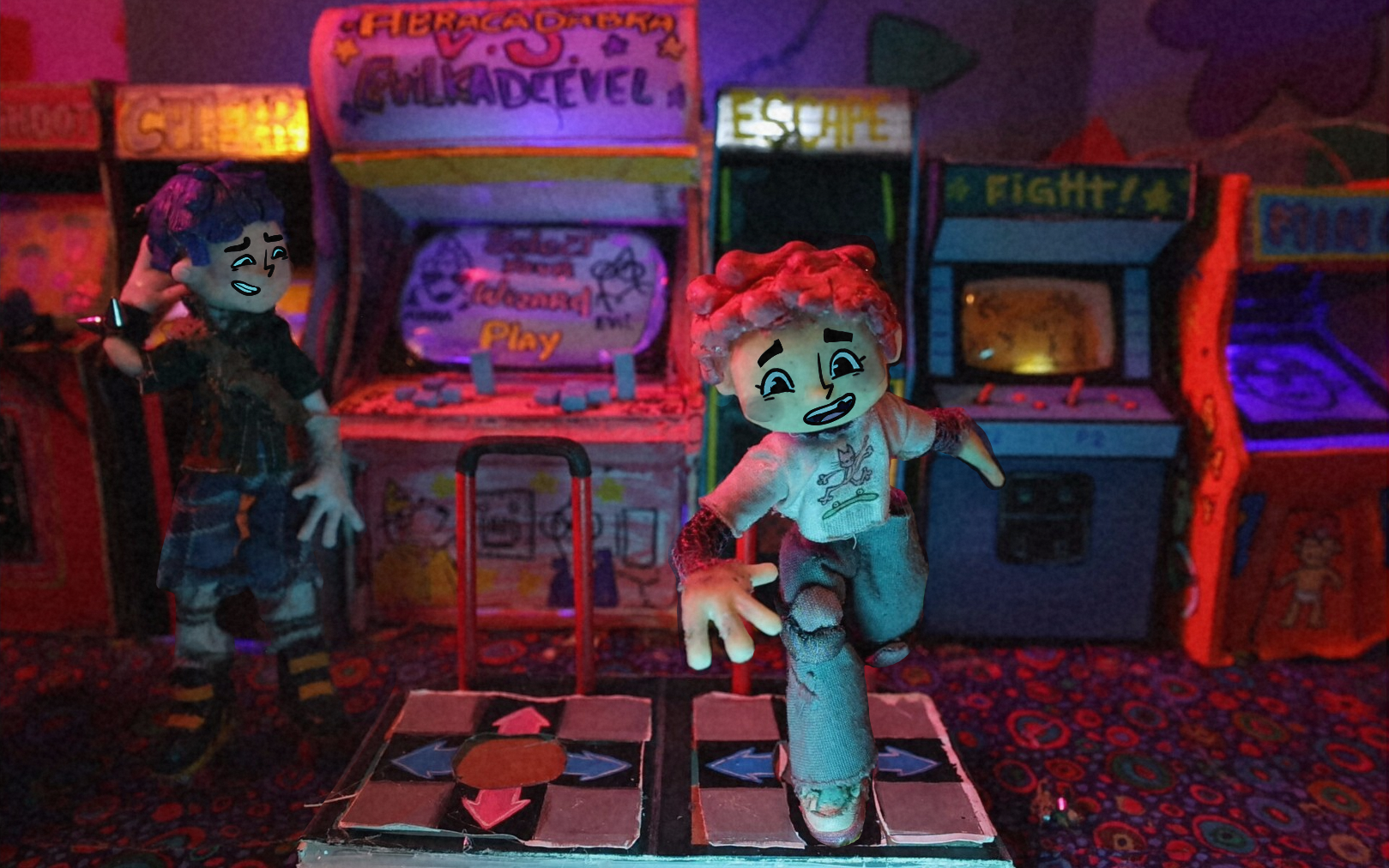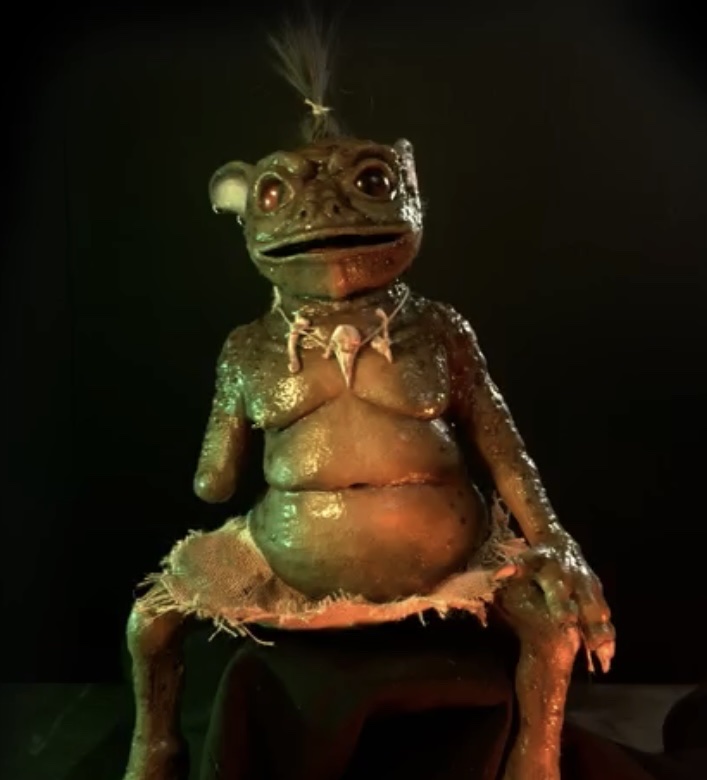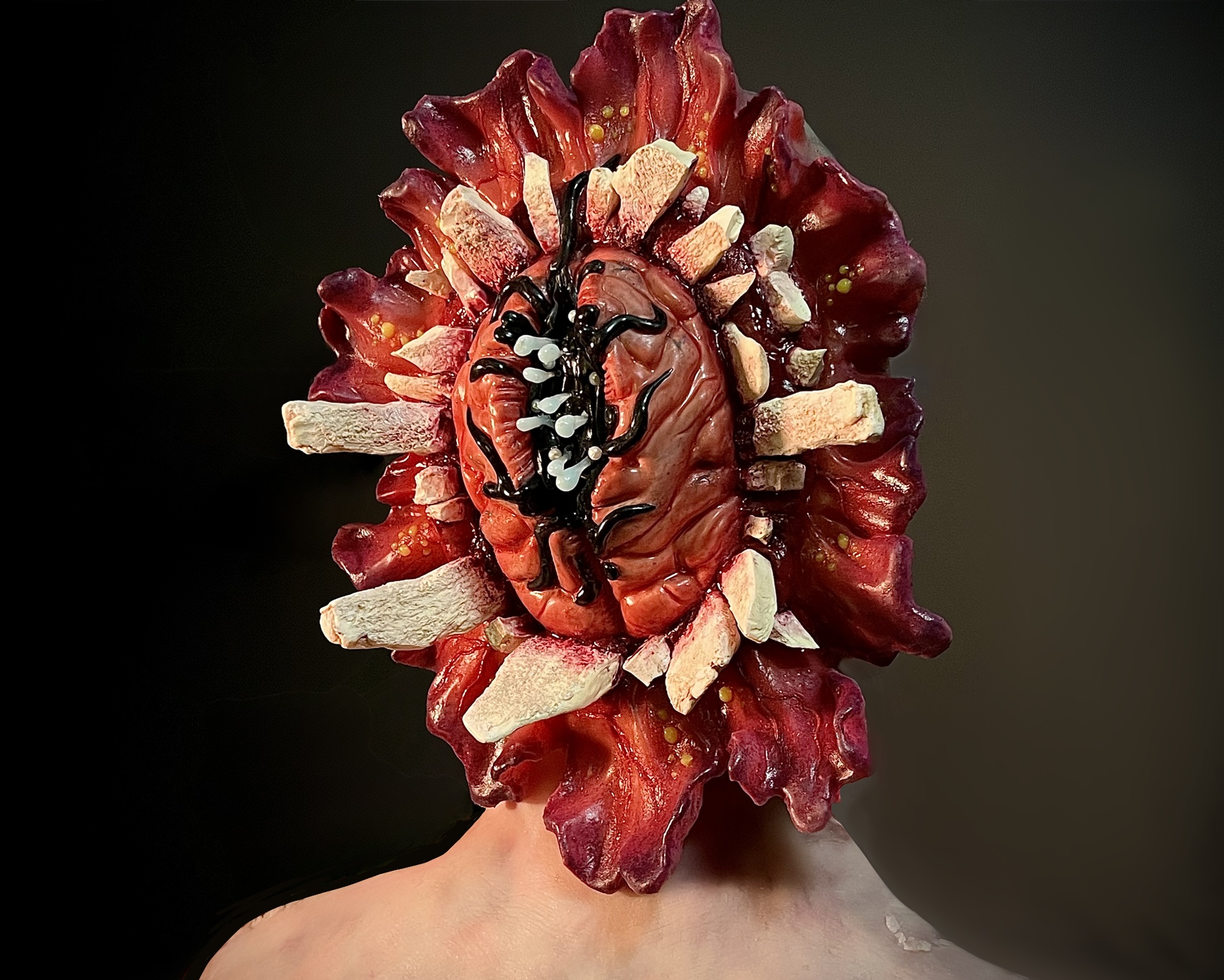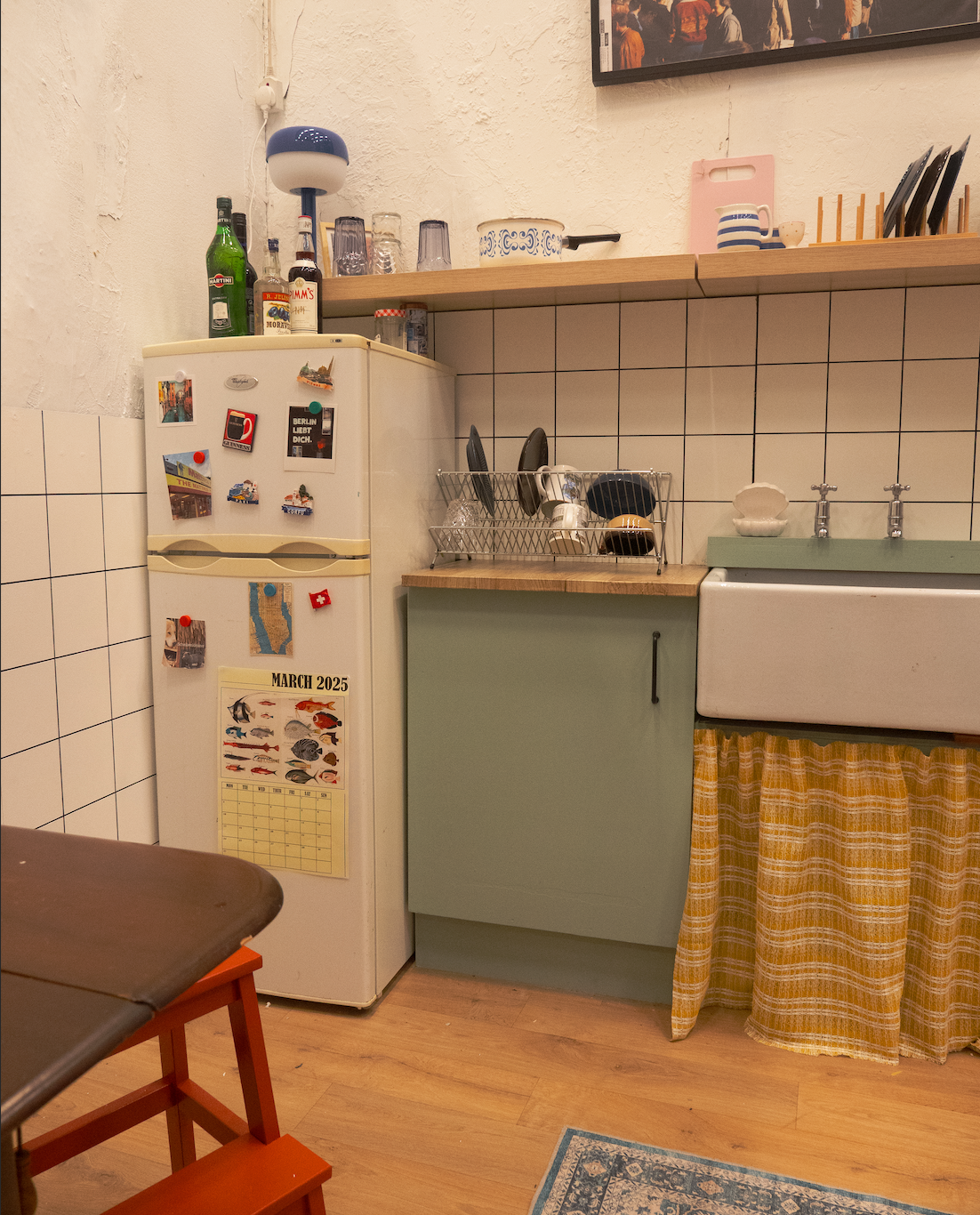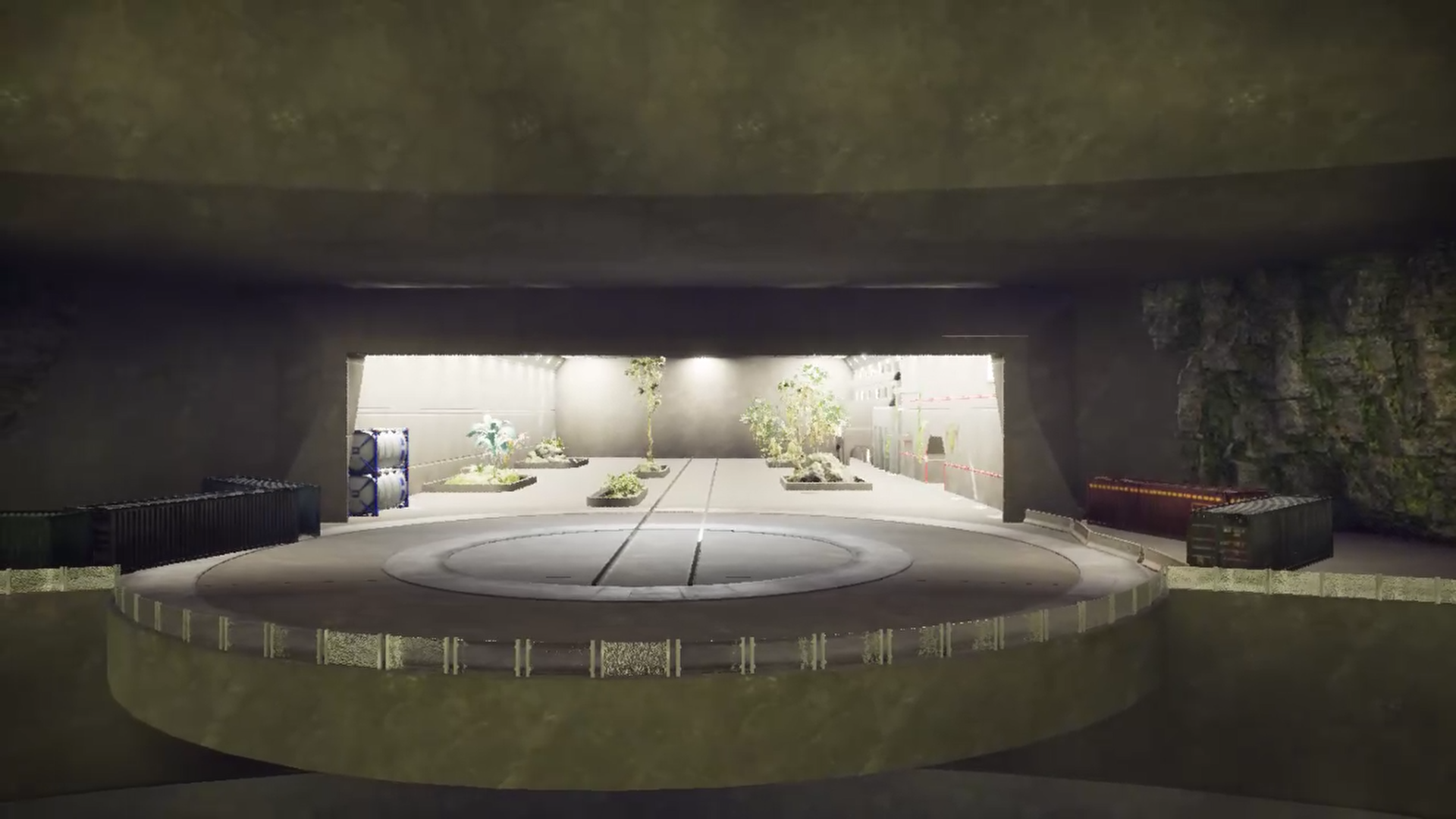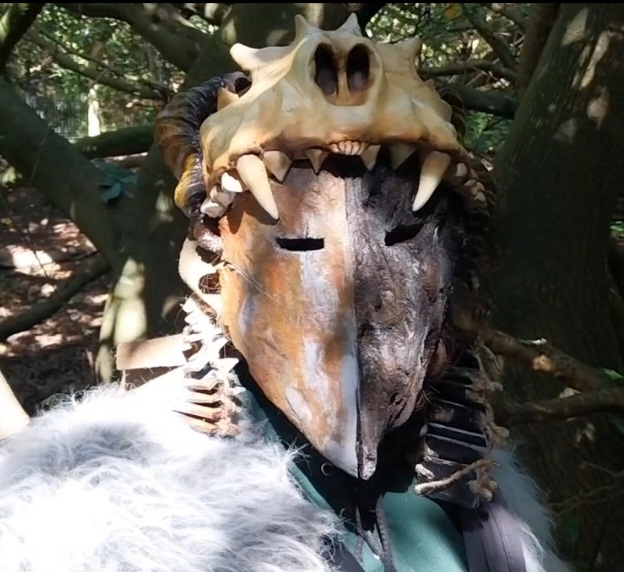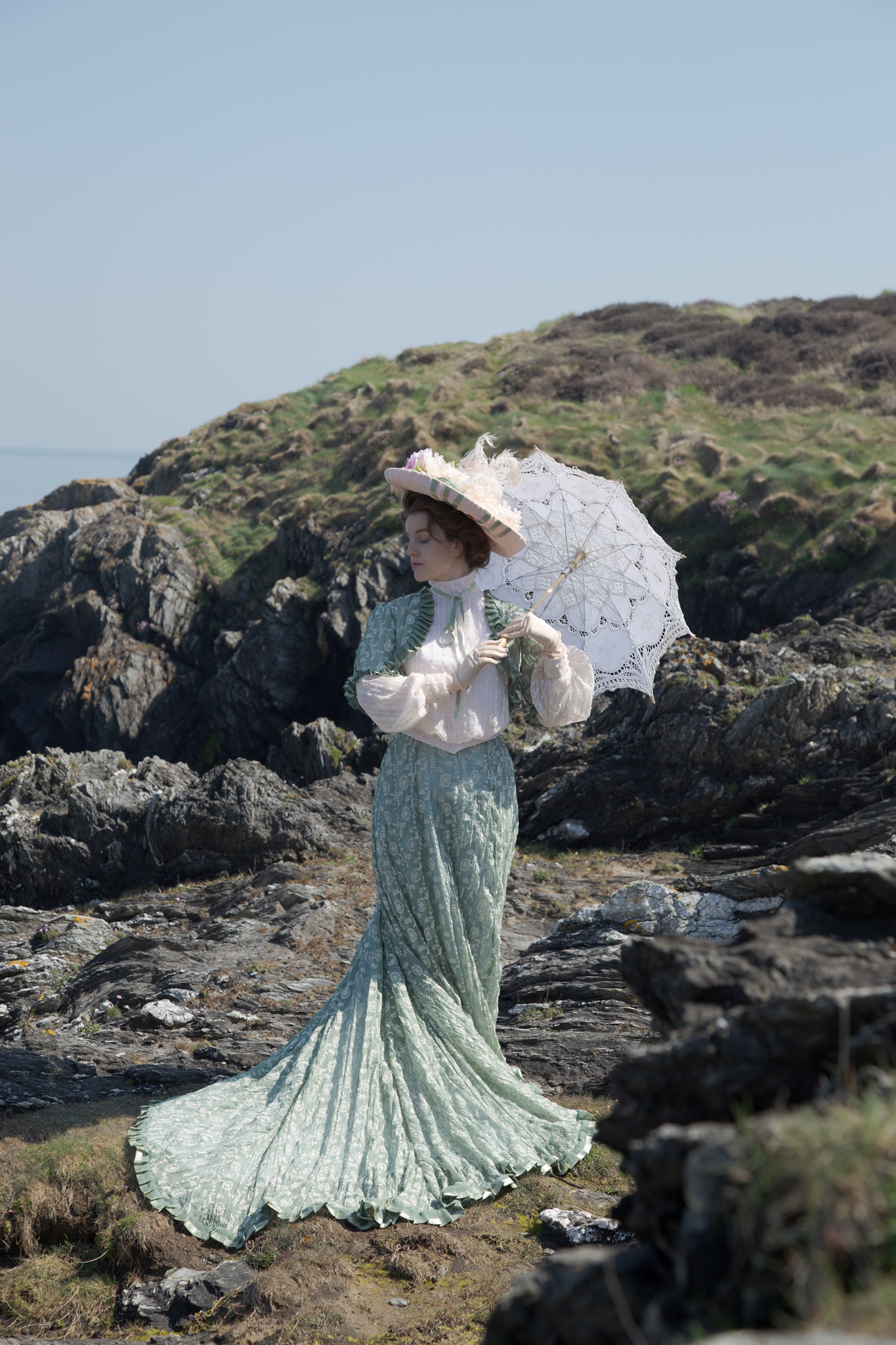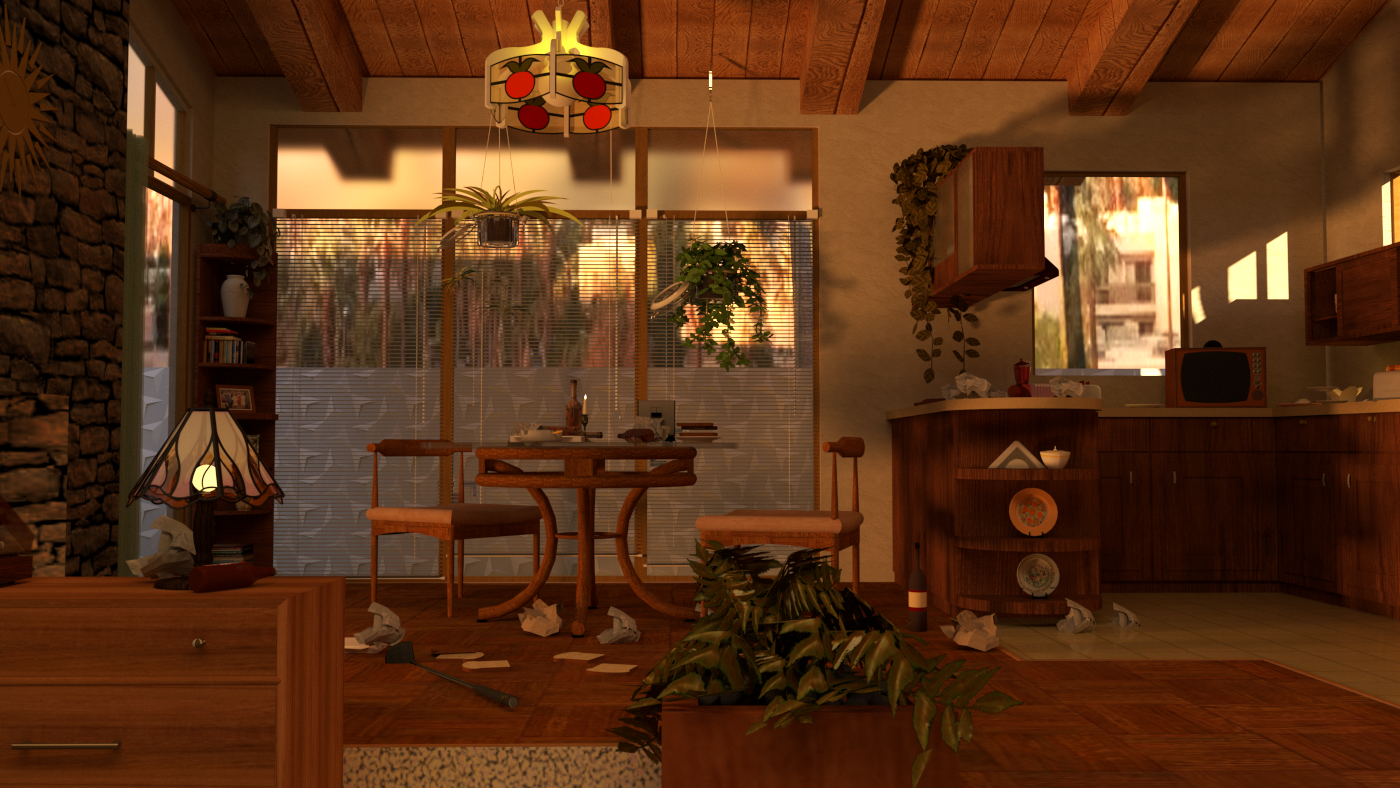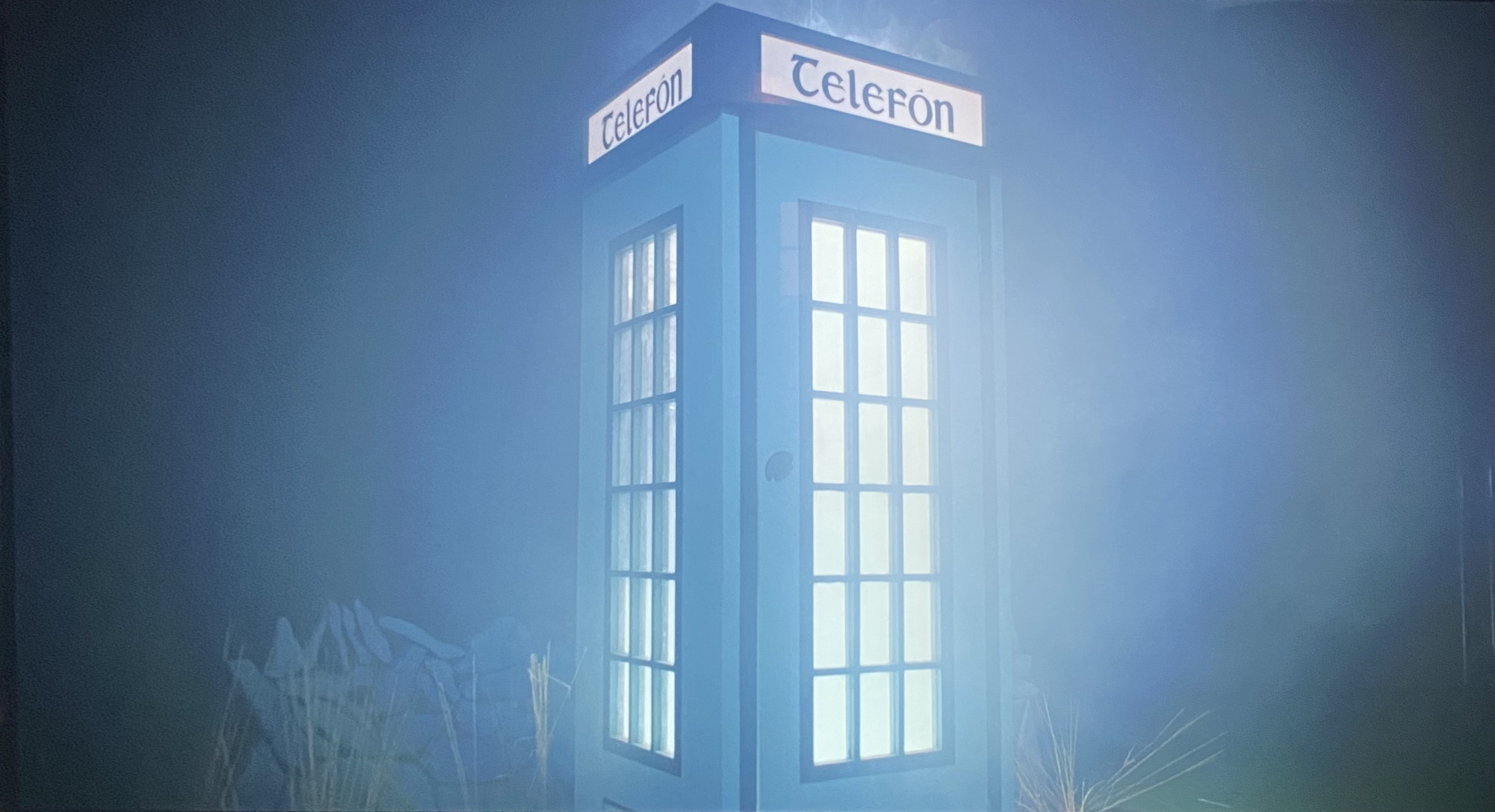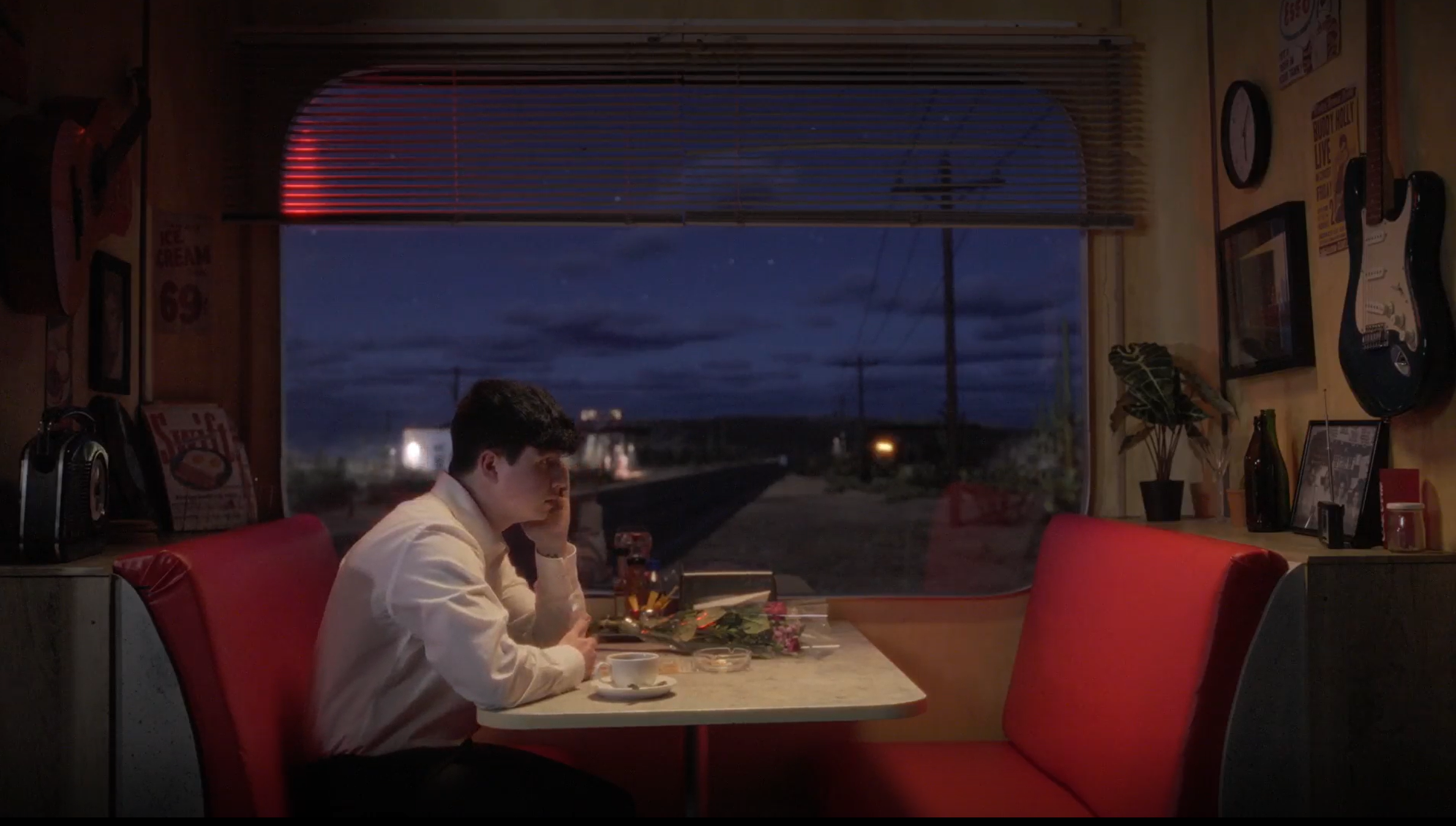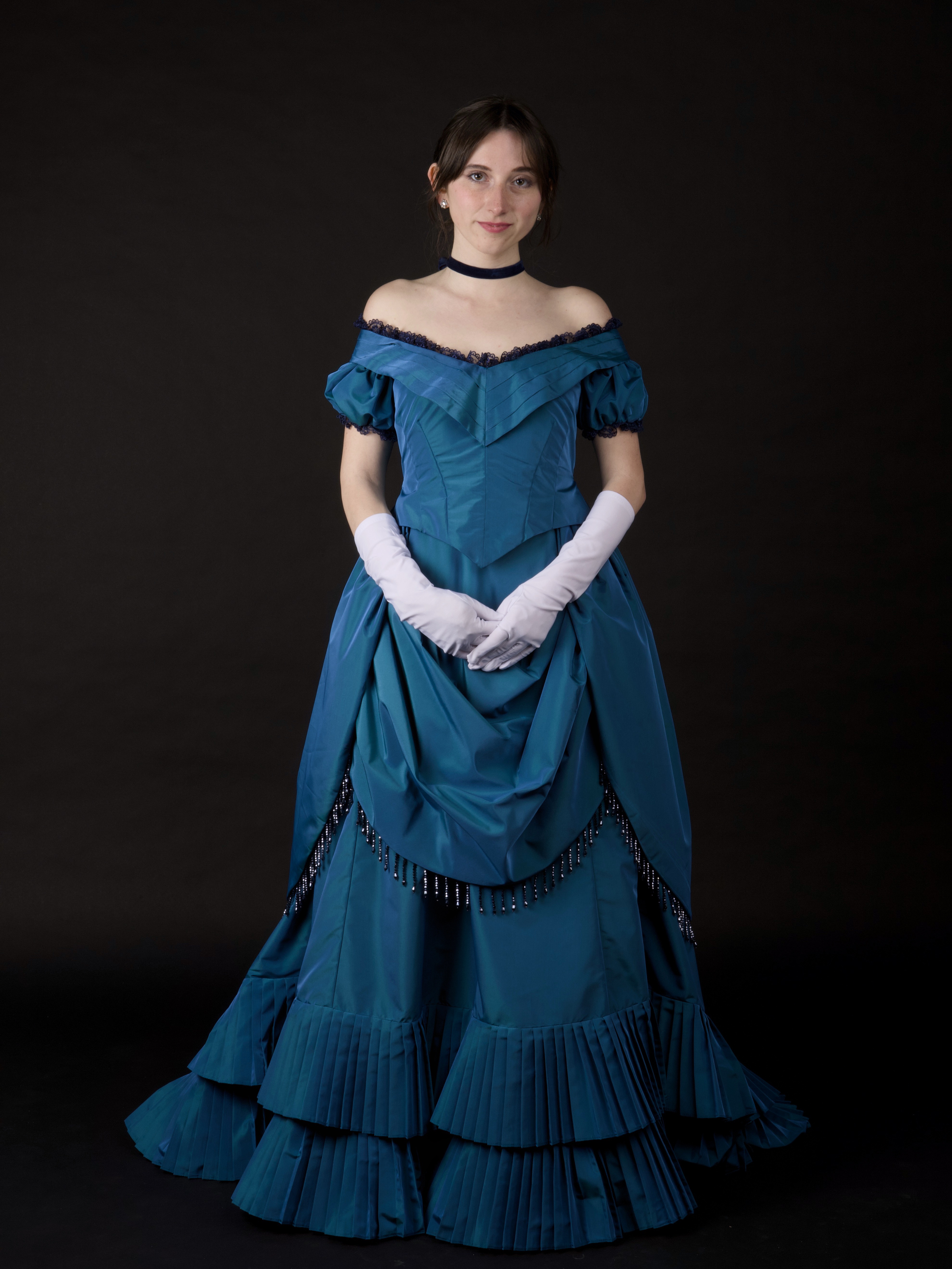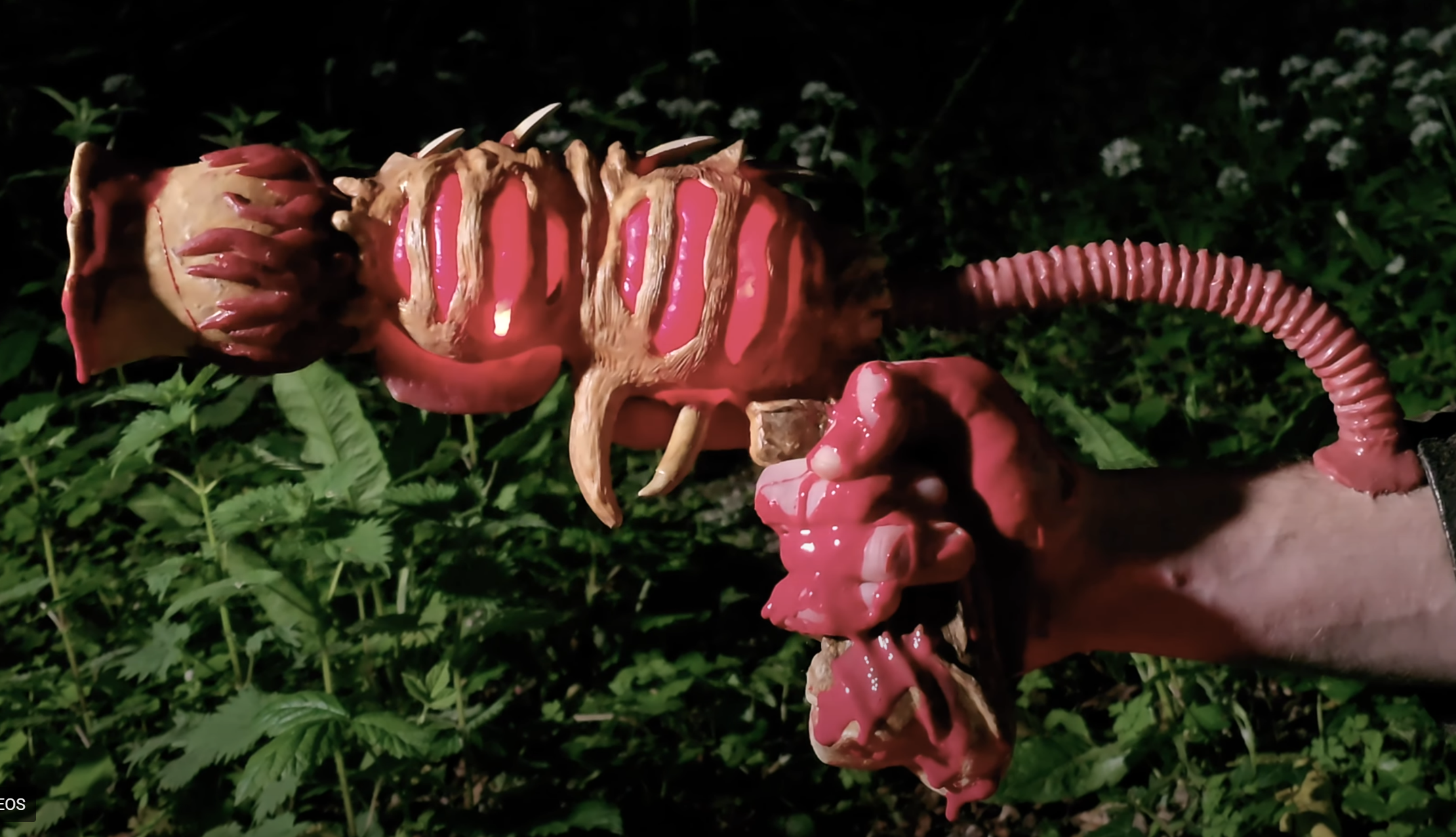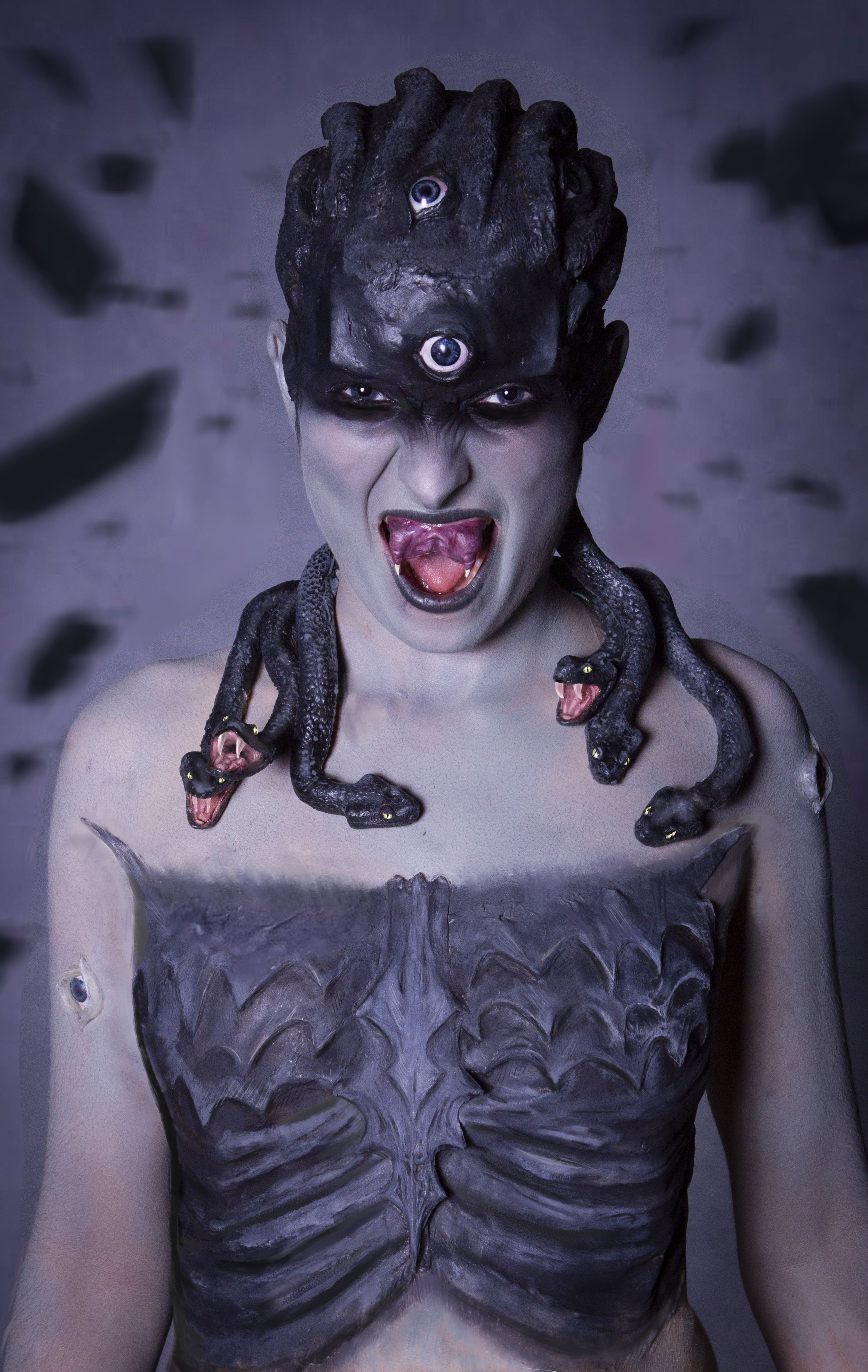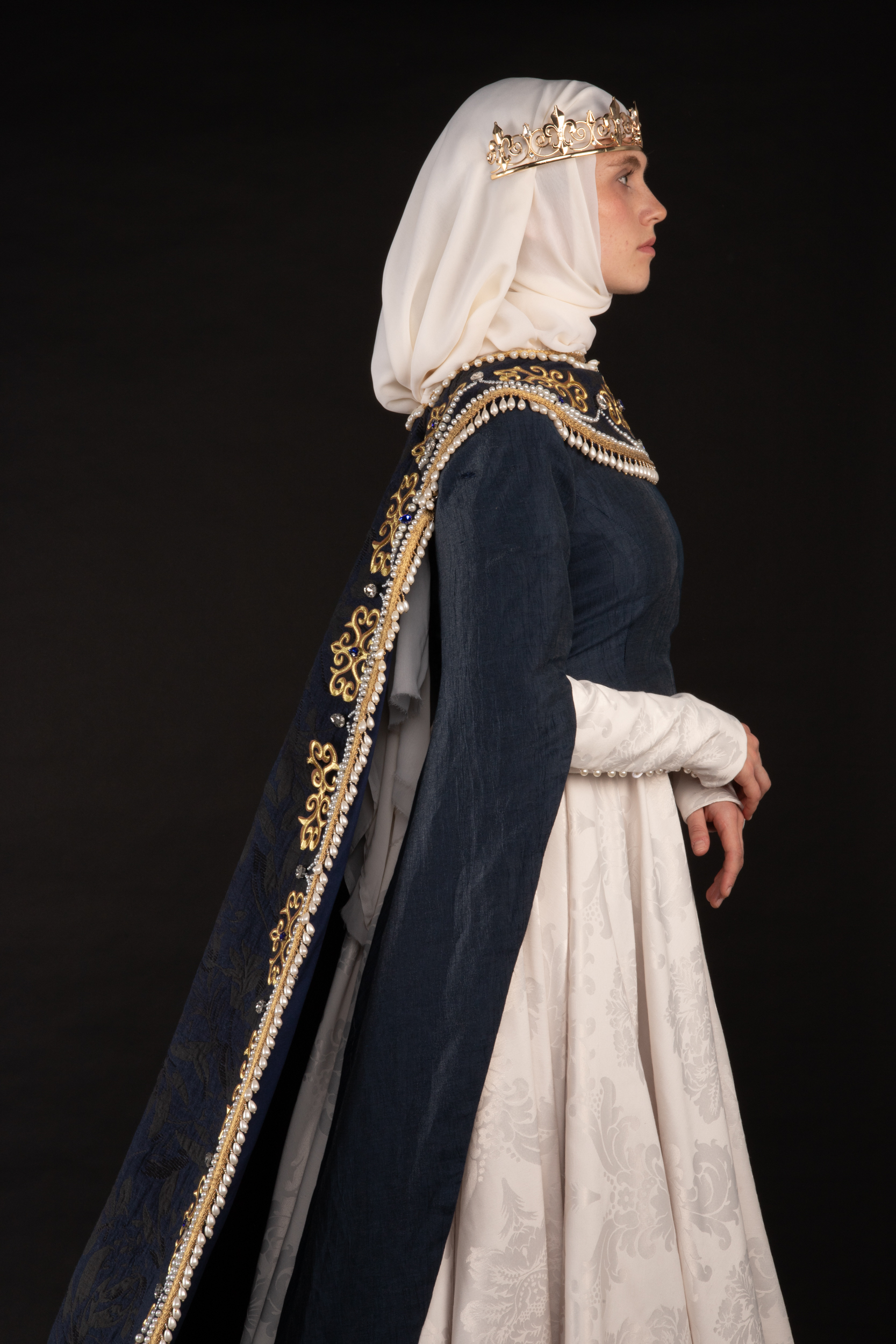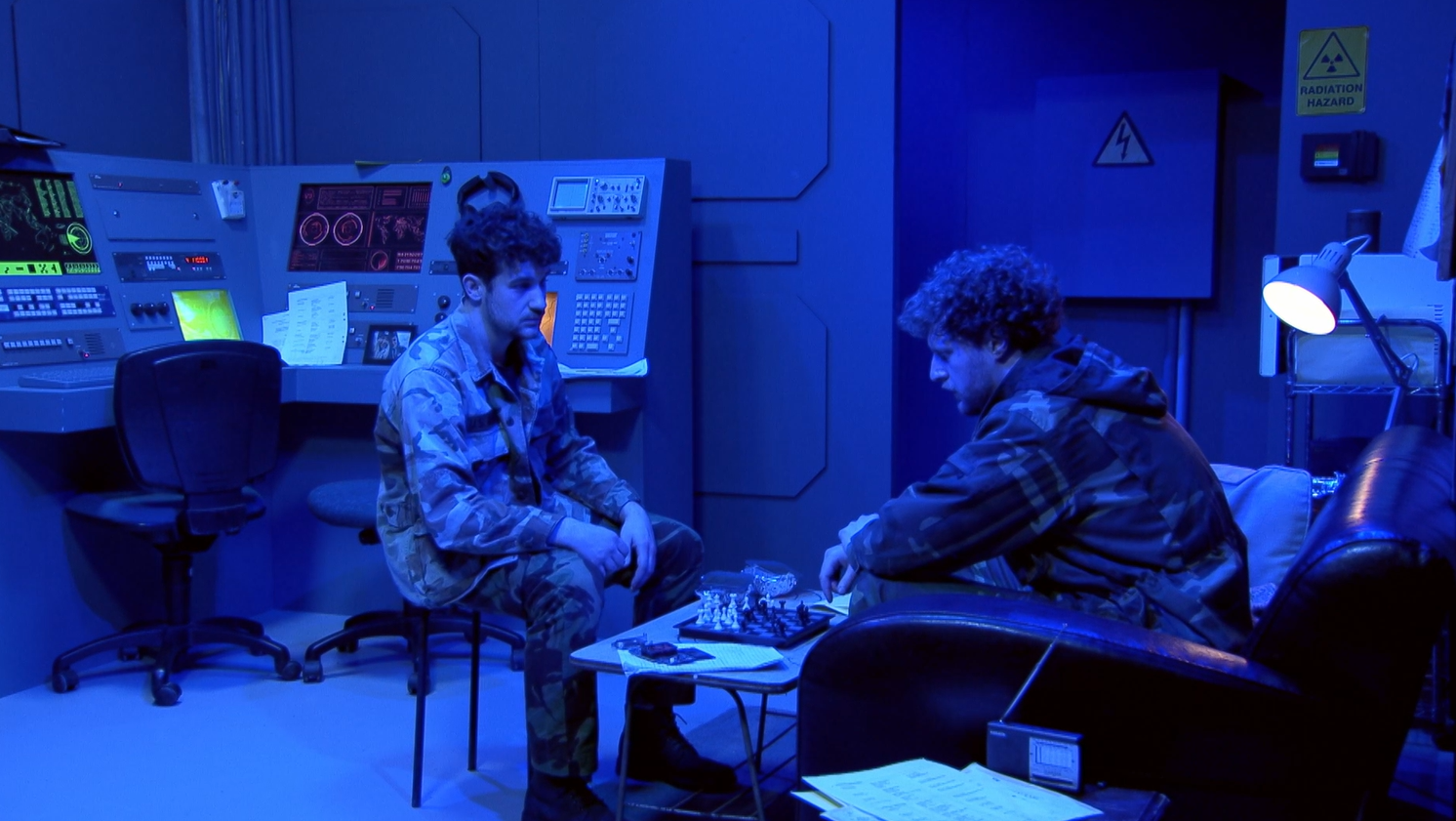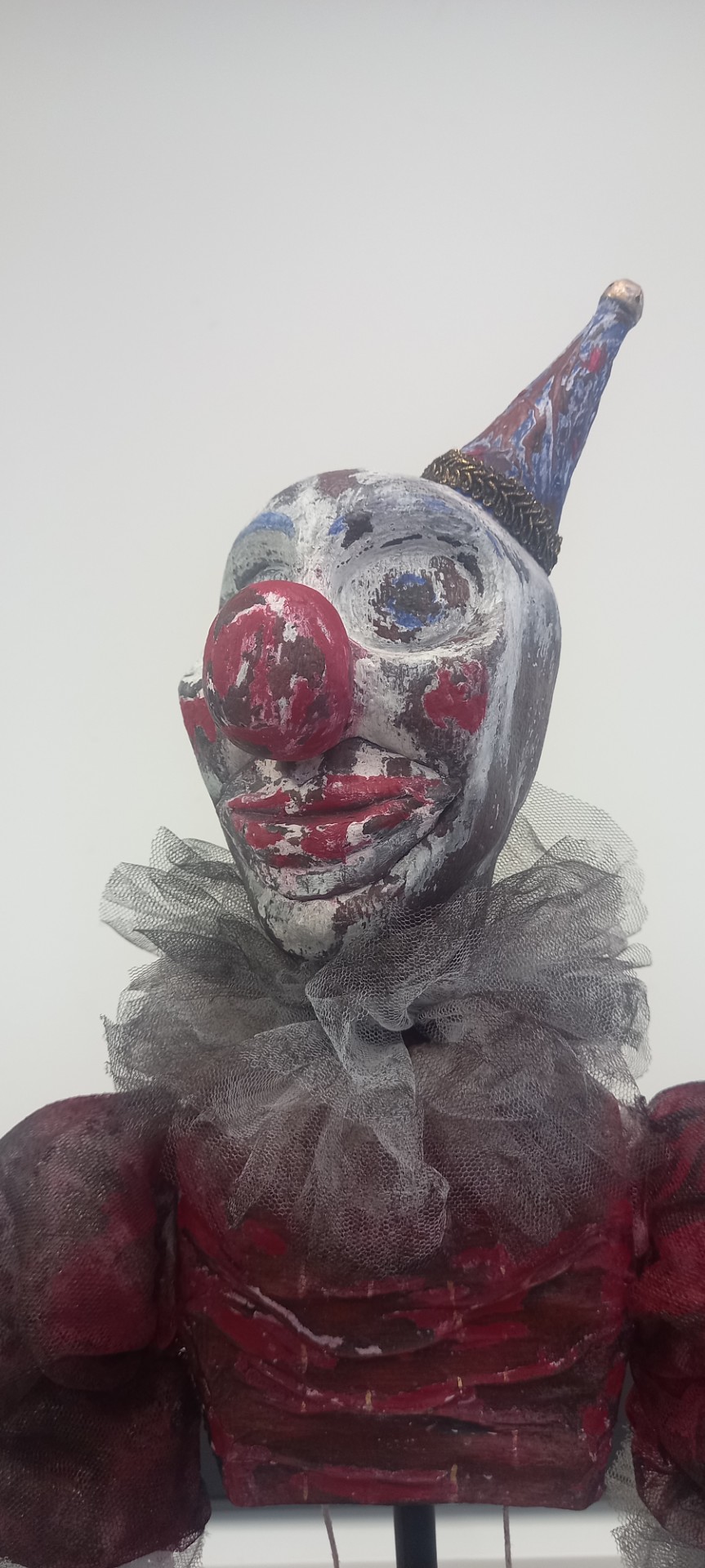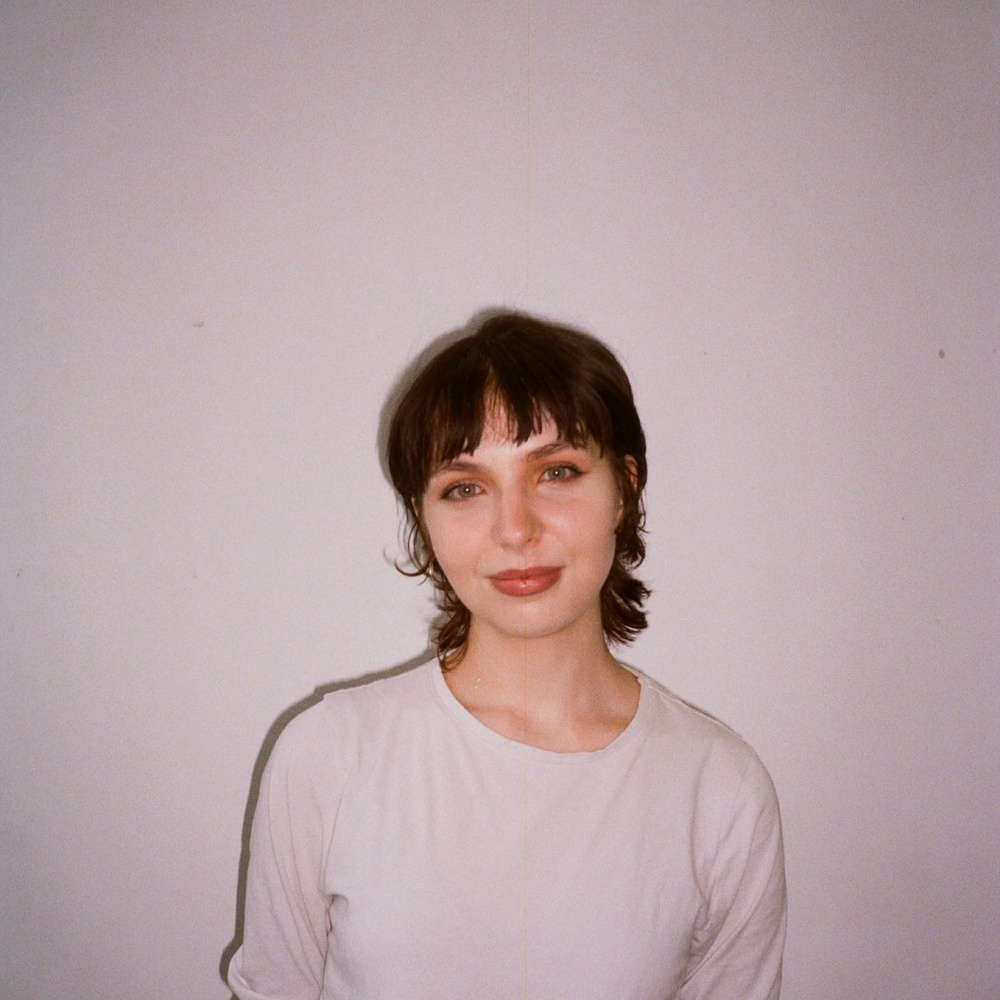
Sadhbh Kelly
For my minor project, I reimagined Martin McDonagh’s The Cripple of Inishmaan as a film adaptation, drawn to its dark humour and emotional depth. Set in 1930s rural Ireland, the story’s themes of isolation and identity aligned with my broader interests. For my major, I completed a studio build and shot a short video responding to the prompt of “isolation,” designing a surreal domestic interior to reflect a character’s inner world. I also collaborated on a location shoot inspired by John Websters “The Duchess of Malfi”, focusing on how production design enhances costume and narrative. Across all projects, I explored how space and design can express emotional and psychological states.
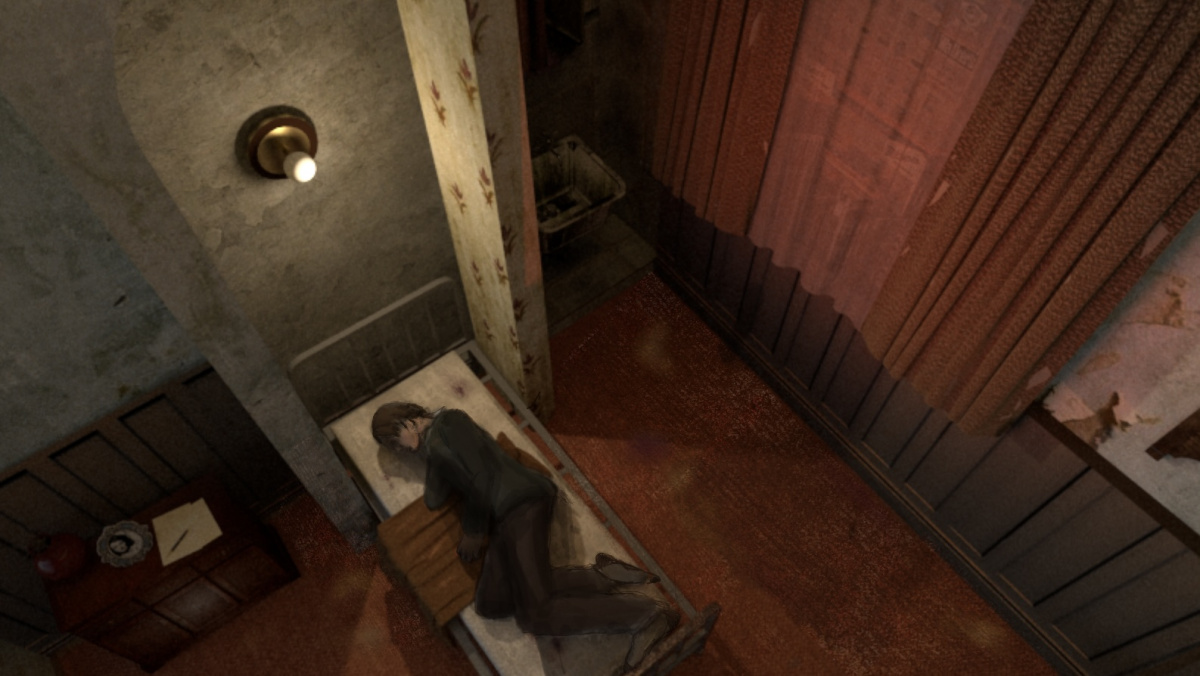
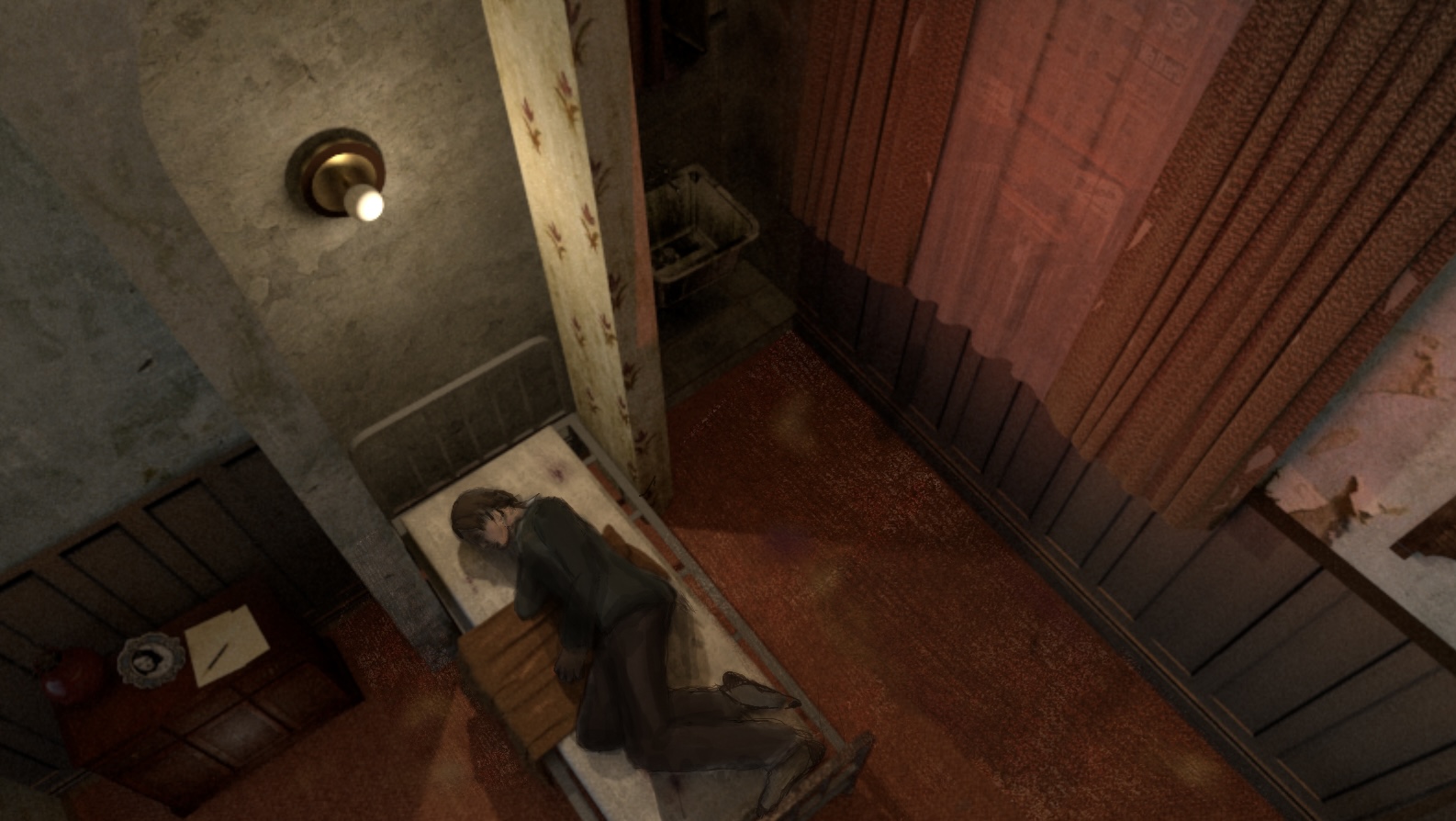
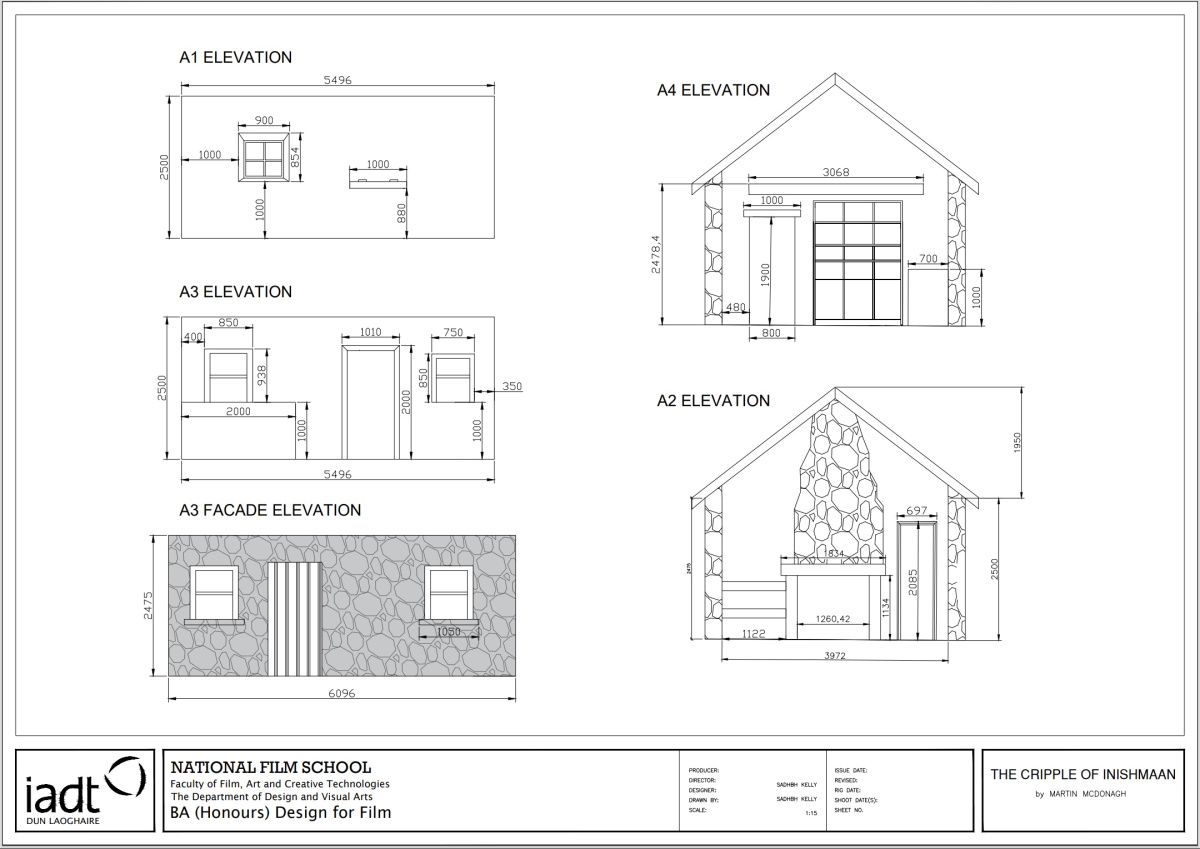
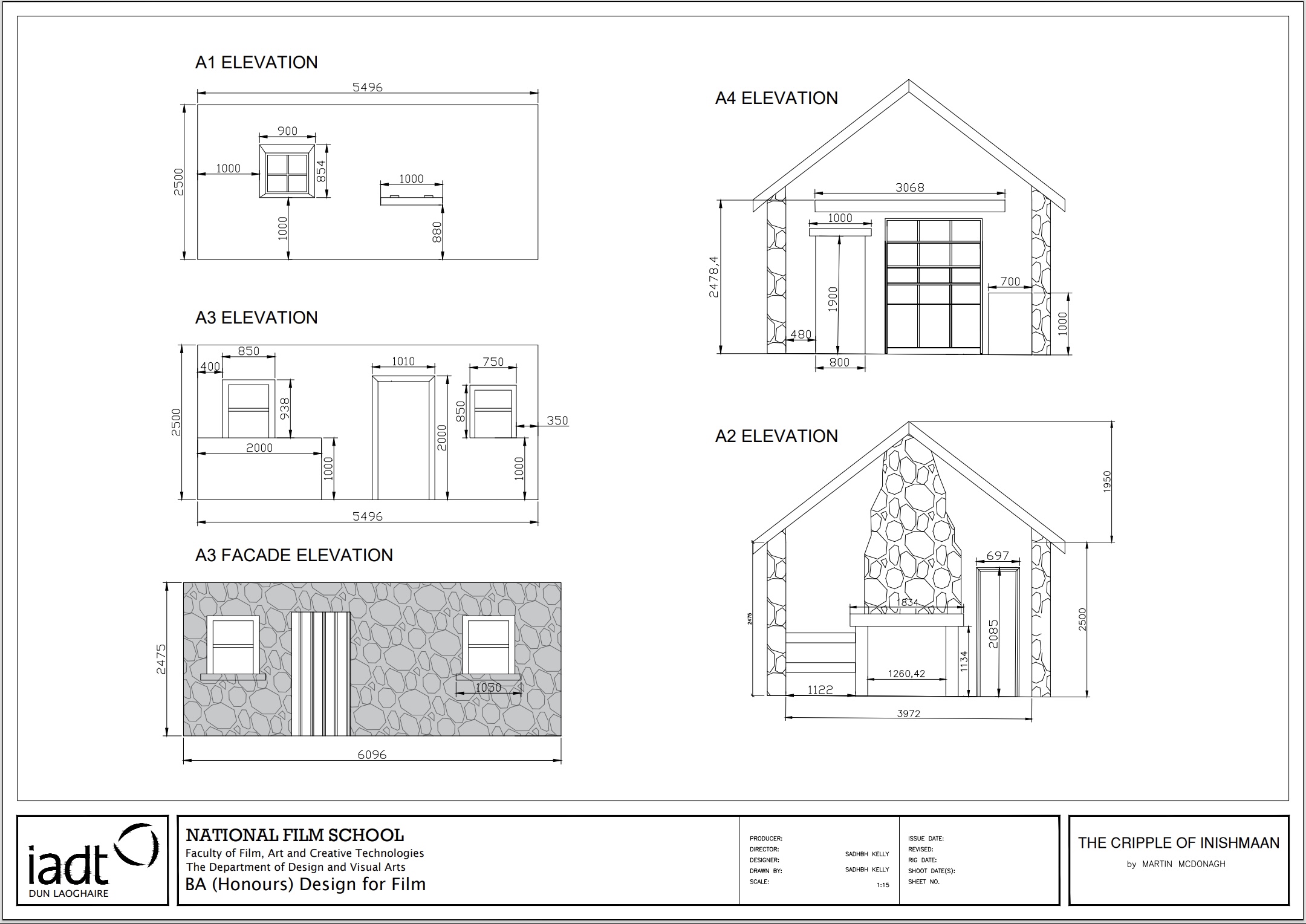
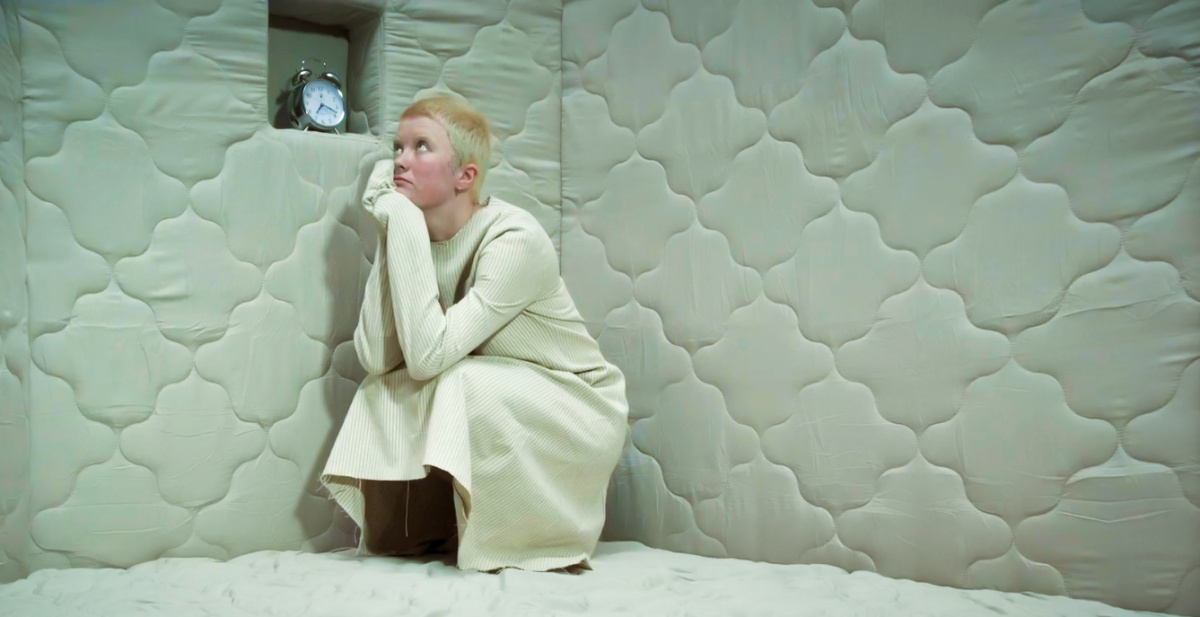
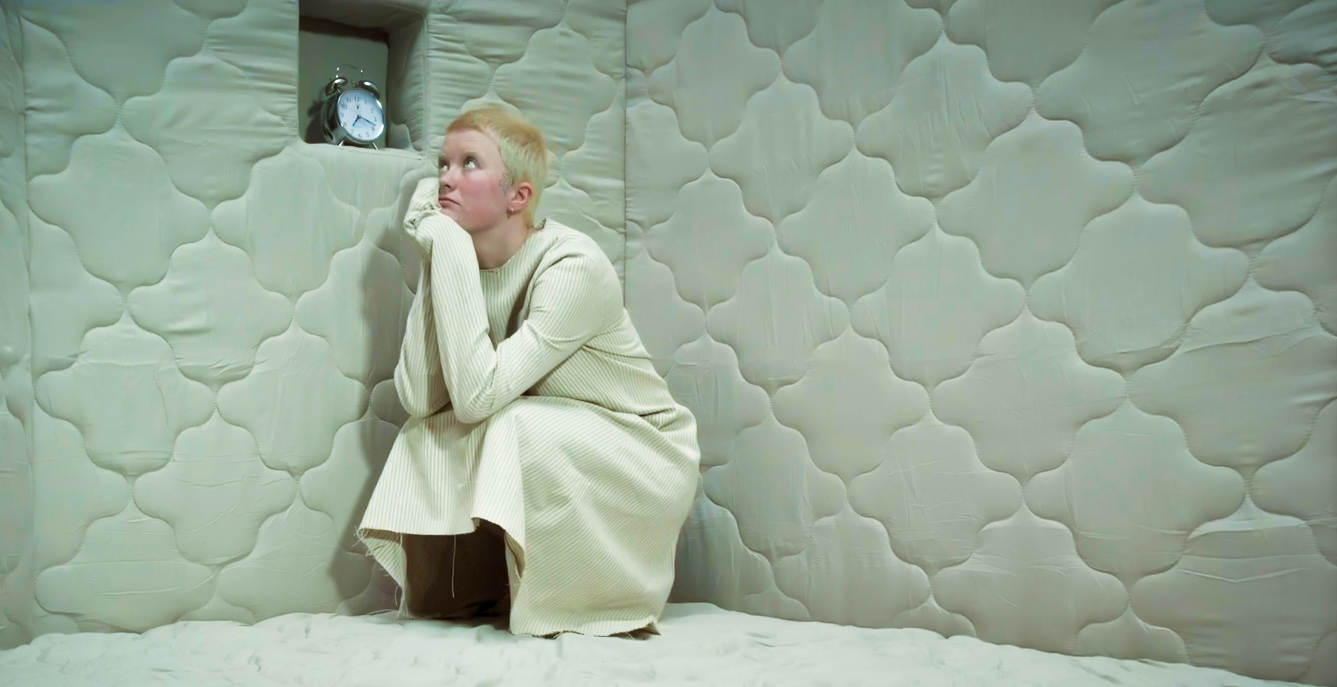
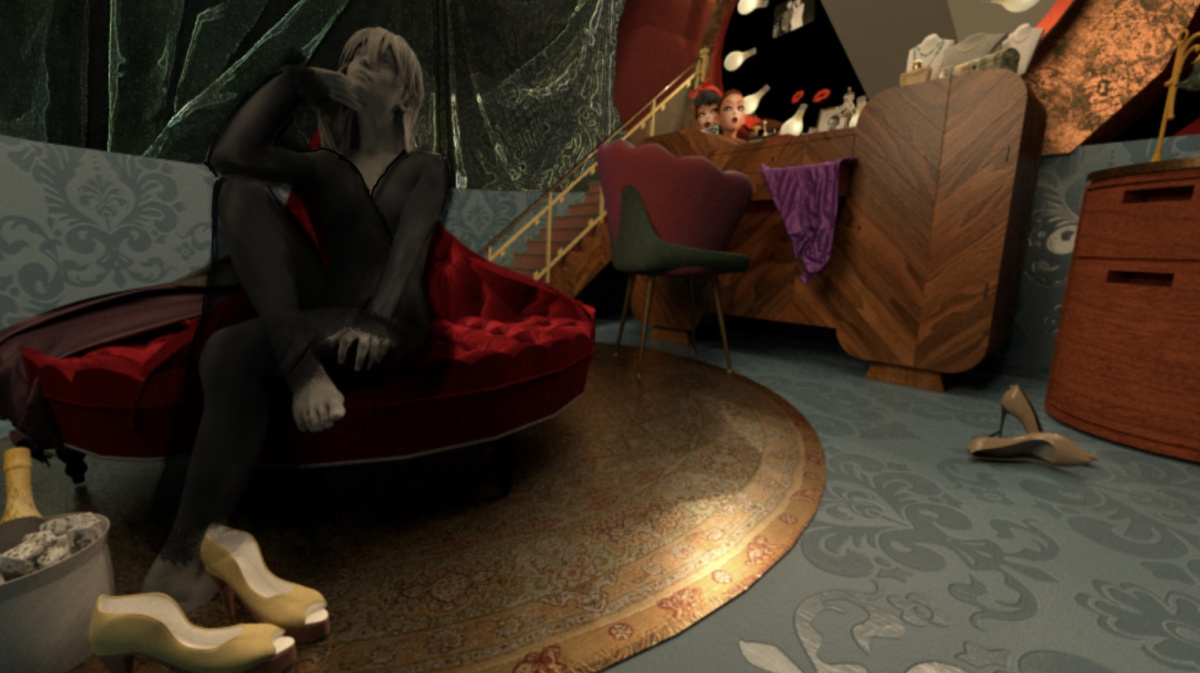

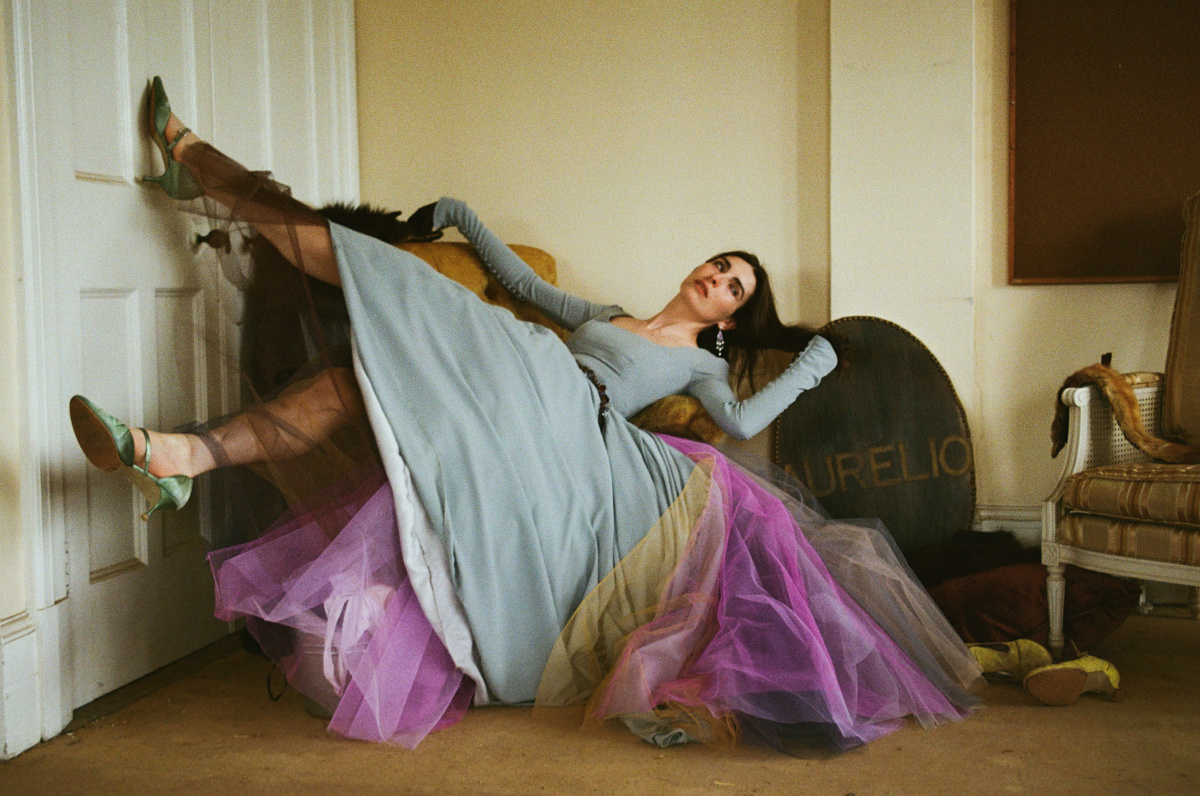


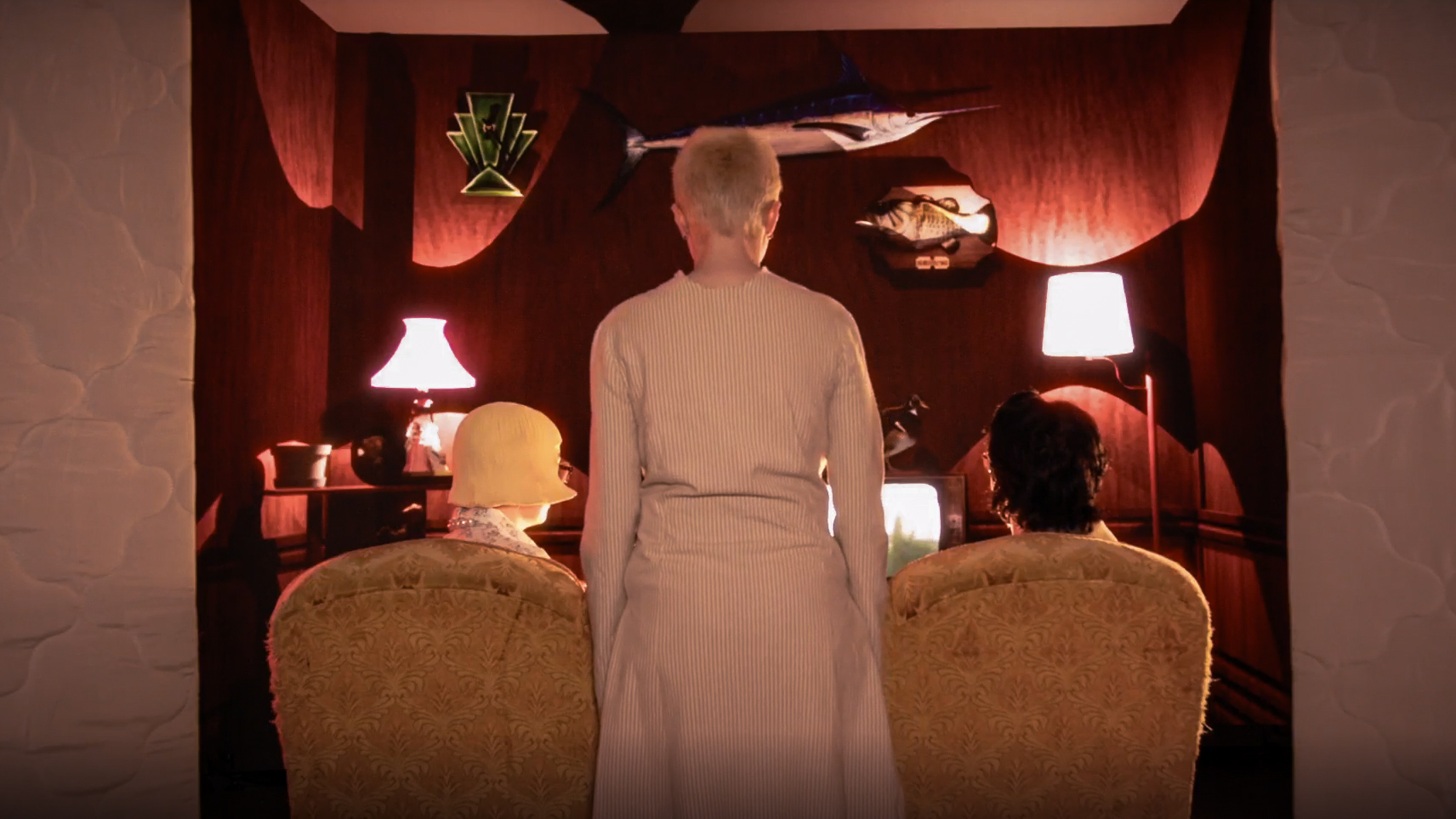
The aim of this speculative project was to create “ready for production” work that highlights conceptual, craft and communication skills. We were tasked with designing and creating fully resolved spaces shown through digital renders and technical drawings. The main challenge was to make the leap from theatre to film, which meant grappling with a text intended for stage and adapting it for screen.
For my realised project, I designed and constructed the set from scratch, focusing on how architectural space and material choices could externalise a character’s internal world. The challenge lay in creating a visually striking, conceptually rich environment within the constraints of studio space, time, and budget.
My collaborative location shoot reimagined the Jacobean tragedy in a contemporary, decaying architectural setting. My focus was on how production design could enhance and support the costume narrative, using texture, light, and environment to echo the play’s themes of power, corruption, and entrapment. The collaboration offered a valuable opportunity to work across disciplines and experiment with a shared visual language.
My speculative project resulted firstly in a comprehensive body of research into the era and landscape of the text, compiling lookbooks to then draw inspiration from. I then began to storyboard key scenes in order to inform how these spaces needed to operate. From these I used SketchUp to build digital 3D models of the spaces. To elevate the visual dramaturgy and atmosphere I used a combination of VRay rendering software and procreate to present these final designs. I also completed annotated floor plans and elevations using AutoCad.
For my realised project, I used my built set integrated with a LED volume wall to shoot a short scene based around my given prompt of “Isolation”. The space, a reimagined version of a traditional padded cell, which transitions into an equally surreal living room. We follow a prisoner who appears to be trapped in the cell. However, after a sudden surge of frustration, she inadvertently uncovers the possibility that the cell may never have been locked to begin with. This project allowed me to push my skills in set construction, spatial storytelling, and visual cohesion.
Finally, the collaborative location shoot produced editorial photography that showcase the costume designed for the Duchess of Malfi’s central character. I decided to further develop the concept of this shoot with additional speculative work. I designed a surreal, old- Hollywood dressing room, enclosed within a hatbox, presented in the form of digital renders.
My thesis examines how production design facilitates immersive, transformative experiences in both secular and religious spaces. While places of worship and places of entertainment may seem like opposing worlds, both employ space, spectacle, and ritual to generate communal transcendence. Across cultures, humans have sought out designated spaces for rituals and collective experiences, where sensory immersion—through architecture, lighting, sound, and staging—enhances emotional and spiritual connection. Production design plays a crucial role in orchestrating these elements, dissolving boundaries between performer and audience to cultivate collective effervescence and shared meaning. The aim of this study was to explore the fundamental human need for immersive and transformative experiences across time and cultures, both secular and sacred. I did not set out to reduce spiritual/religious experiences down to a simply neurological response to stimuli but rather highlight how communal engagement with highly designed environments can generate collective effervescence. The blurring of the secular and the sacred suggests that the demand for immersive, communal experiences is not exclusive to either group but is a human need that can be elevated and met through various designed environments.

Sadhbh Kelly is a recent graduate of Design for Film, specialising in production design. While completing her portfolio course at Gorey School of Art in her home county Wexford, Sadhbh realised she could pursue her love of world building and spacial design as a bachelor’s degree at IADT. These past four years have allowed her to explore a passion of film, performance and architecture while gaining a range of technical and artistic skills. Sadhbh gravitates towards creating conceptual and immersive spaces and enjoys responding visually to dynamic narratives, as her final year work will demonstrate.


